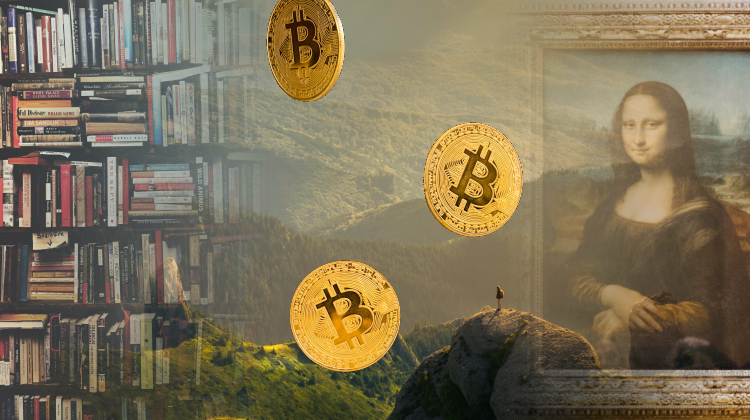
The metaverse is widely viewed as what the next version of the internet will be. It will be a virtual reality world publicly shared between everyone on the internet. Property on the metaverse will be represented by digital objects stored on blockchains. Payments in the metaverse will be made using cryptocurrencies. Everything in the real world will have a virtual metaverse equivalent.
Facebook (now called “Meta”) is the first mega-corporation to announce their intention to create a metaverse. There are already several metaverses in existence now, but none of them are at the scale that Meta envisions. Some existing metaverses that you can explore today include Decentraland, Neos Metaverse, Roblox, Second Life, and Active Worlds. Other companies will no doubt create their own metaverses, and there is no guarantee that Meta will be successful in their new venture.
For the type of global metaverse that Meta envisions to be successful, we will need to convert real world objects into metaverse equivalents. We will start with locations, creating a virtual version of Earth with many places one could visit virtually. Then we will convert ourselves into avatars to explore the metaverse world and interact with other people. Then we’ll need a way to convert real world objects into metaverse objects.
It is critical that every participant in the metaverse have an easy way to convert any physical real-world object into a metaverse equivalent. Converting information and content items will be especially critical. All books, artwork, and videos must have metaverse equivalents. Just like when ebooks became popularized there was a rush to digitize all books, when the metaverse is popularized there needs to be a rush to digitize all aspects of real life, especially content. This concept is the gateway to the metaverse.
Leave a Reply